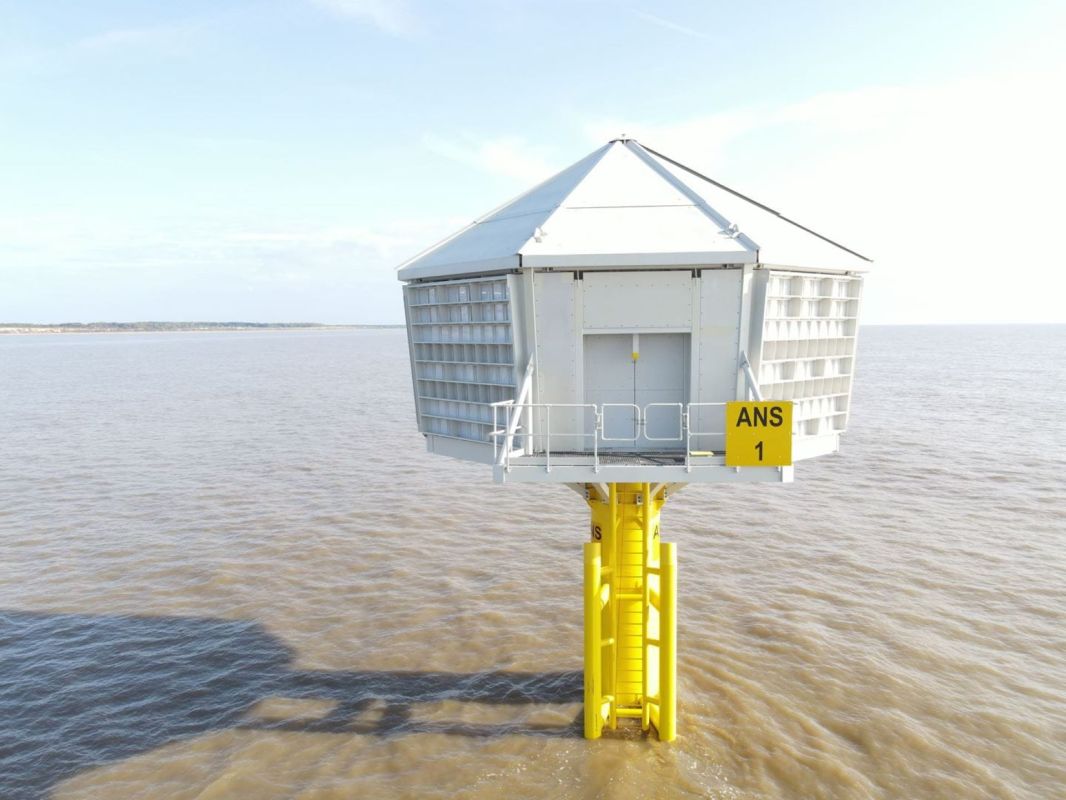Danish wind farm company Ørsted has built three massive artificial bird nests off the coast of the United Kingdom with contractor Red7Marine. The structures are intended to help support the populations of kittiwake, a seabird species that may be impacted by the company's nearby wind farm.
What are artificial bird nests?
Ørsted's nests were built approximately 0.6 miles (one kilometer) off the shore of Suffolk on Great Britain's eastern coast. Each one is an octagonal structure designed to house about 500 individual nests, raised above sea level on a large pole, according to Electrek.
The interior of the building features a whiteboard, chairs, and tables for researchers to record information about their studies of the birds. Sliding Perspex panels let the researchers observe the nests without being seen by their occupants, according to Electrek.
Why are artificial bird nests important?
Ørsted's massive Hornsea 3 project, which is expected to be completed by 2025, will have the capacity to power more than three million households, according to Electrek. As green energy projects break ground around the world, it's important that they do so in ways that are minimally damaging to local ecosystems.
A 2013 study found that between 140,000 and 328,000 birds are killed by wind turbines every year in the United States. Human-made structures in general cause as many as one billion bird deaths per year, according to the United States Forest Service, but that doesn't mean the turbine casualties aren't significant.
Any way that institutions and organizations can mitigate their impacts on local ecosystems is a positive step, and Ørsted was required to build structures that would help the local bird populations in order to have the Hornsea 3 project approved, according to Electrek.
"Kittiwake are listed as at risk from extinction and with climate change as a key driver to their decline, a move towards a green energy system could help considerably in the long-term conservation of the species," said Eleni Antoniou, Ørsted's environmental manager.
"In the meantime, the provision of these structures will provide a safe, nesting space to enable future generations to raise young away from predators and out of town centers," she concluded.
Join our free newsletter for cool news and cool tips that make it easy to help yourself while helping the planet.









